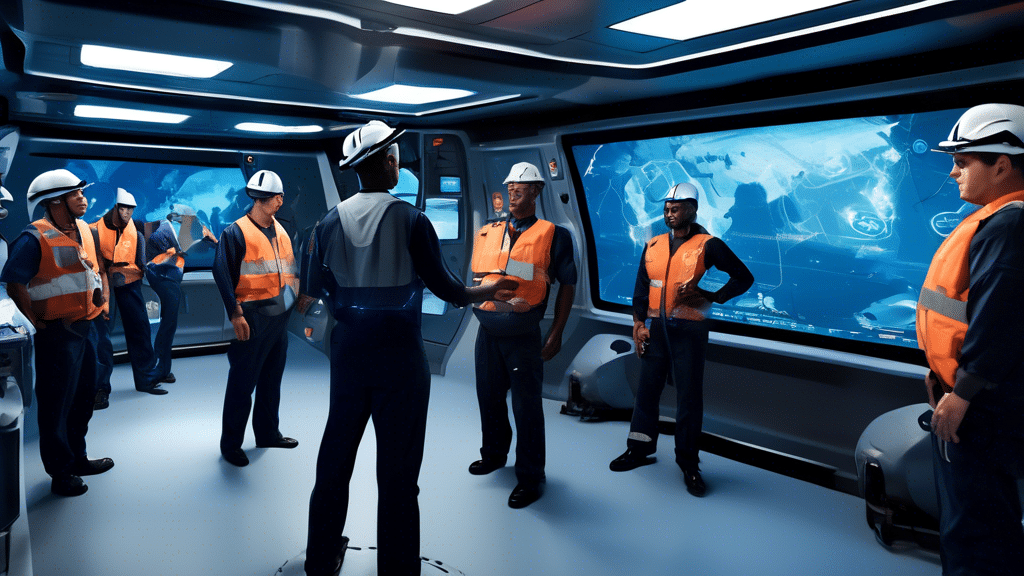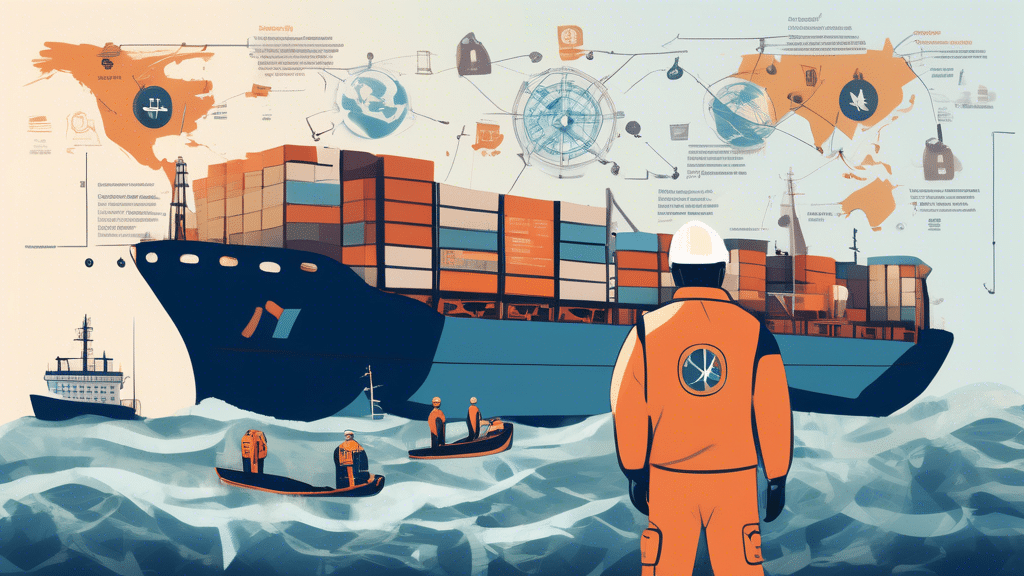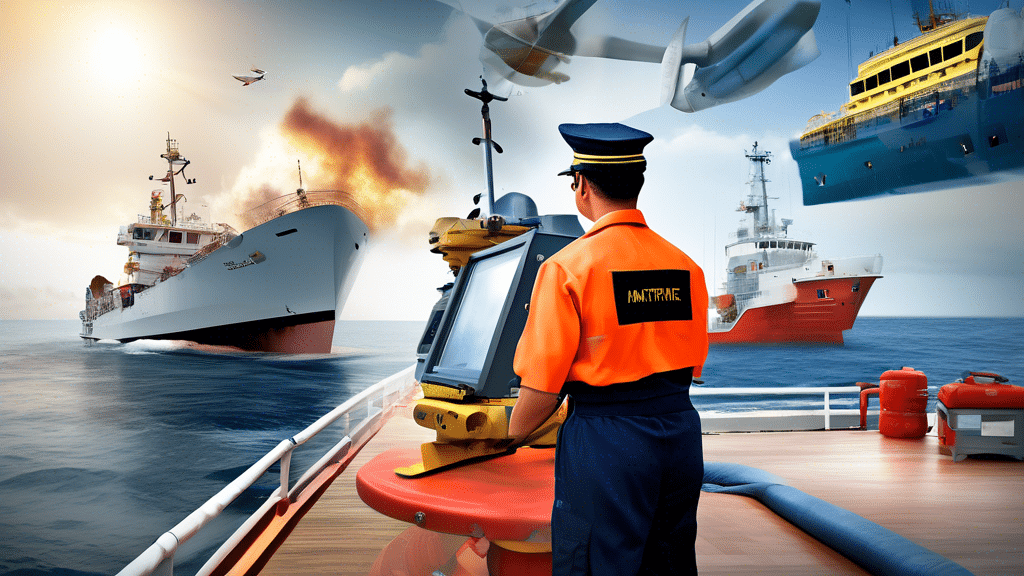Understanding the Importance of Maritime Training
The maritime industry is a pivotal component of global trade and transportation, responsible for the movement of over 80% of the world’s goods. The efficiency and safety of this industry largely depend on the skills and expertise of maritime professionals. Consequently, comprehensive and continuous training is essential to maintain high standards of operation and to adapt to the evolving challenges of the maritime world.
Types of Maritime Training
Maritime training encompasses a broad spectrum of categories, each essential for different roles within the industry. These training types include:
Theoretical Training
Theoretical training provides maritime professionals with the knowledge they need to understand laws, regulations, and guidelines that govern maritime operations. It covers subjects such as international maritime law, ship navigation principles, and safety protocols. Theoretical knowledge forms the bedrock upon which practical skills are built.
Practical Training
Practical training focuses on honing the physical and technical skills required for daily operations on maritime vessels. This includes hands-on experience with navigation systems, engine maintenance, and cargo handling. Simulations and real-world scenarios play a significant role in practical training, allowing professionals to practice and perfect their skills in controlled environments.
Emergency Response Training
Emergency response training is crucial for ensuring the safety of crew members and passengers. This training covers procedures for dealing with fires, abandon ship scenarios, medical emergencies, and hazardous material spills. Regular drills and simulations help maritime professionals to act swiftly and effectively during actual emergencies.
Regulatory Requirements and Standards
The International Maritime Organization (IMO) sets global standards for the training and certification of seafarers through the International Convention on Standards of Training, Certification, and Watchkeeping for Seafarers (STCW). Adherence to these standards is mandatory for all maritime professionals to ensure uniform competency levels across the industry.
Innovations in Maritime Training
Advancements in technology have significantly transformed maritime training. Some of the notable innovations include:
Simulation-Based Training
Simulation technology has revolutionized maritime training by providing realistic and immersive experiences. Trainees can operate virtual ships in various conditions, ranging from calm seas to extreme weather, without the risks associated with real-life practice. These simulations help develop critical decision-making skills and operational proficiency.
Online and E-Learning Platforms
Online courses and e-learning platforms offer flexible training options for maritime professionals. They provide access to a wide range of courses and training materials that can be accessed remotely, making it easier to keep up with continuous learning while on shore or at sea. Interactive modules, videos, and quizzes enhance the learning experience.
Augmented Reality (AR) and Virtual Reality (VR)
AR and VR technologies are increasingly being used in maritime training for immersive learning experiences. AR can provide real-time information overlay during on-the-job training, while VR can simulate complex scenarios for practice. These technologies offer innovative ways to train in safe yet realistic environments.
The Role of Mentorship and Continuous Learning
In addition to formal training programs, mentorship plays a significant role in the development of maritime professionals. Experienced mariners can provide invaluable insights, guidance, and practical tips that are not always covered in textbooks. Mentorship fosters a culture of continuous learning and professional growth.
Continuous learning is essential as the maritime industry evolves with new technologies and regulations. Courses and certifications must be regularly updated, and professionals must engage in lifelong learning to stay current. This commitment to ongoing education ensures that maritime professionals remain proficient and adaptable.
Challenges in Maritime Training
Despite the advancements in training methods, there are several challenges that remain:
Access to Training
Geographical limitations and the varying availability of training facilities can hinder professionals from accessing necessary training programs. Online learning and partnerships between training institutions can help mitigate this challenge by providing more accessible options.
Keeping Up with Technological Changes
The rapid pace of technological advancements necessitates continuous updates to training curricula. Ensuring that training programs stay current with the latest technologies and practices is an ongoing challenge for training institutions and organizations.
Cost of Training
The high cost of maritime training programs and certifications can be a barrier for many professionals, particularly those from developing countries. Financial support, scholarships, and funding initiatives can play a crucial role in making training more accessible.
Training for maritime professionals is a continuous journey that evolves with the industry. Comprehensive and up-to-date training programs, supported by advancements in technology and a commitment to lifelong learning, are essential for maintaining the highest standards of safety and efficiency in the maritime industry. As the industry continues to grow and change, so too must the training and development of its professionals.







